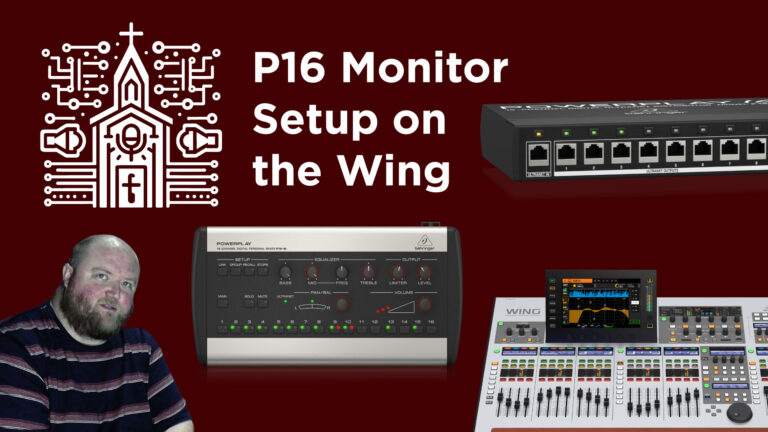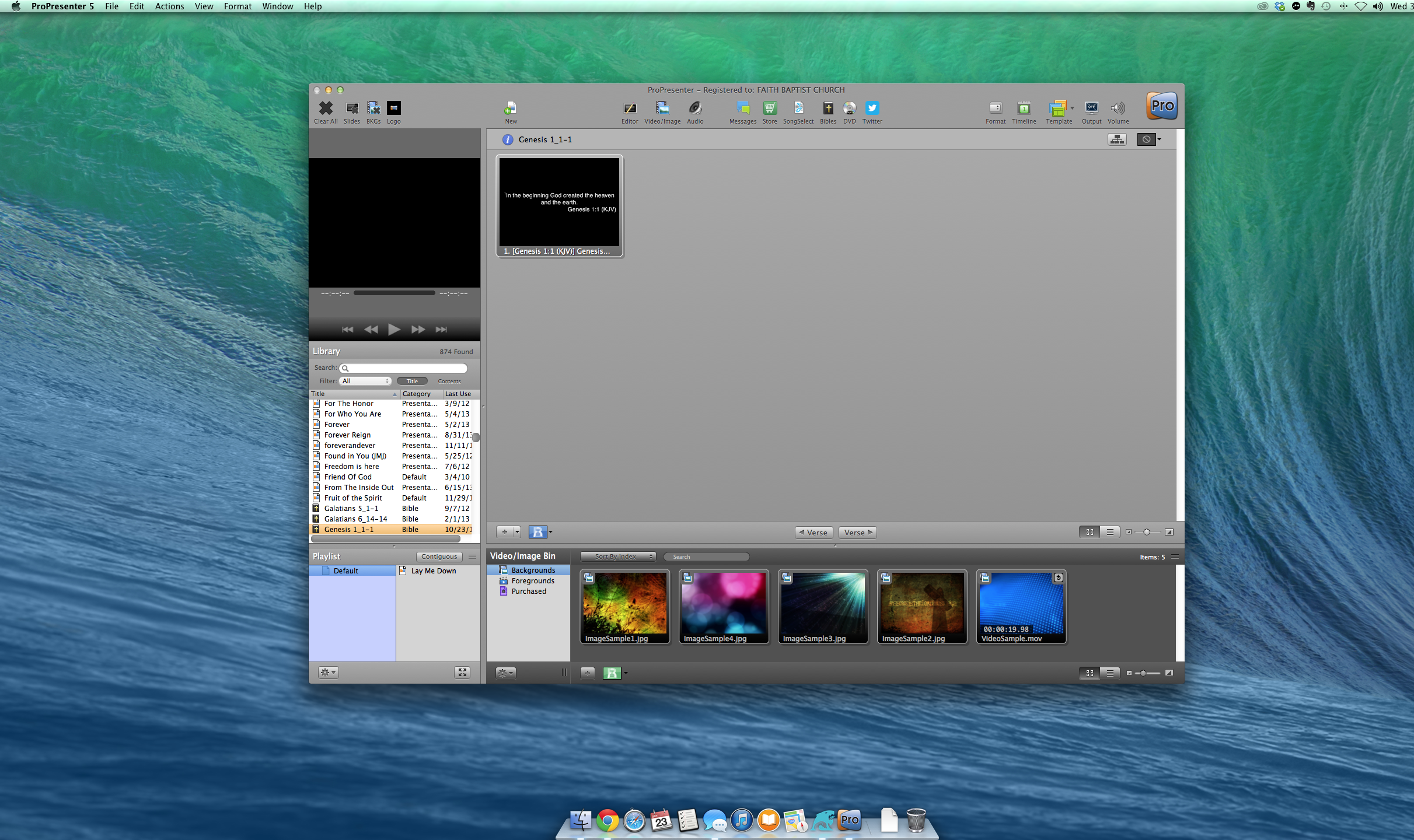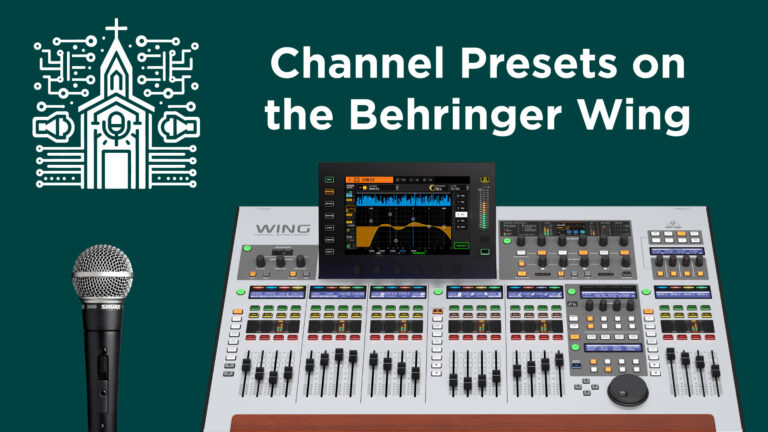Mastering Routing on the Behringer Wing: Buses, Matrices, and Mains
Demystifying Buses, Matrices, and Mains on the Behringer Wing Mixer
Introduction
The Behringer Wing mixer’s versatility is partly due to its complex routing capabilities, which include buses, matrices, and mains. Understanding these features is crucial for sound engineers to efficiently manage audio routing and mixing. This article aims to clarify the differences and uses of these functions on the Behringer Wing.
Buses in the Behringer Wing
- Functionality: Buses are groups of channels mixed together, often used for submixes. The Behringer Wing offers 16 buses.
- Applications: Typical uses include creating a mix for wireless in-ear monitors or grouping instruments (like drums) for personal monitors like the Behringer P16. Buses are also used for effects processing, such as reverb and delay.
Matrices and Their Use
- Definition: A matrix is a blend of buses or mains, but it cannot directly include channels like a bus.
- Capabilities: You can send a bus or main mix to a matrix for further processing. For instance, a main mix can be sent to a matrix for additional EQ or compression, useful for a live stream setup.
- Limitations: A matrix can only receive a maximum of two direct channel inputs. It’s mainly used for processing combined outputs rather than individual channel mixing.
Mains: Unique Characteristics on the Behringer Wing
- Configuration: The first four faders under the main/matrix section are designated as mains.
- Flexibility: Mains operate similarly to buses on the Wing, allowing a mix of channels, buses, or matrices. This feature provides extra versatility beyond standard main outputs.
- Special Uses: Users can allocate mains for specific outputs, like subwoofers or a separate live stream mix, controlling what elements are fed into these outputs.
Conclusion
The Behringer Wing’s buses, matrices, and mains offer a comprehensive range of audio routing options, catering to various needs in live sound and studio recording. Understanding these functionalities allows sound engineers to create more sophisticated and tailored audio mixes, leveraging the full potential of the Behringer Wing mixer.





